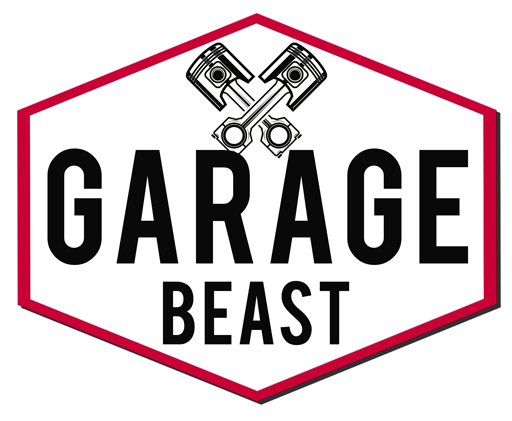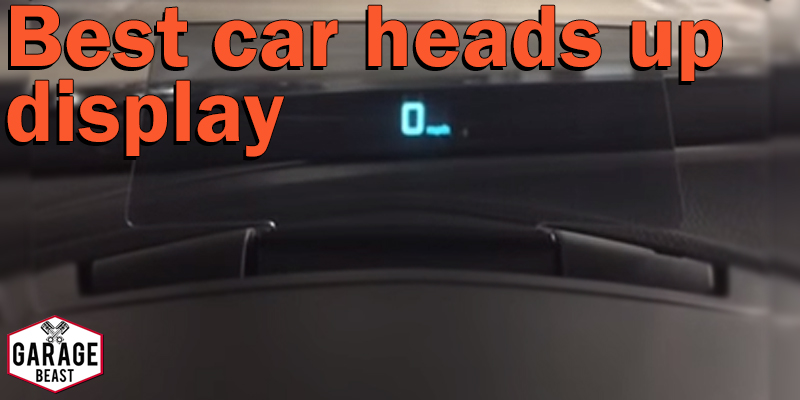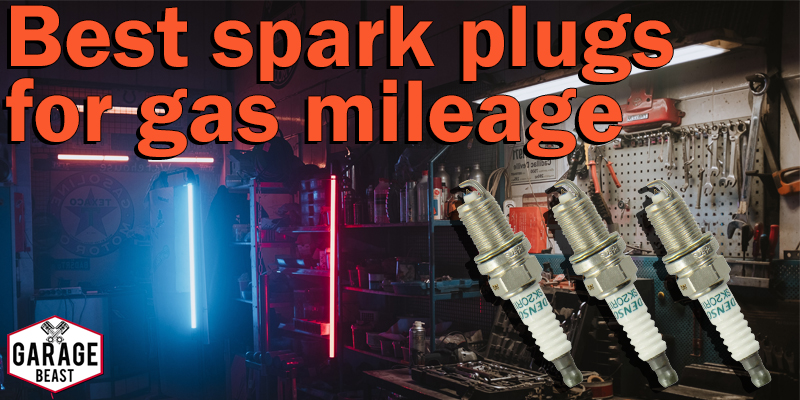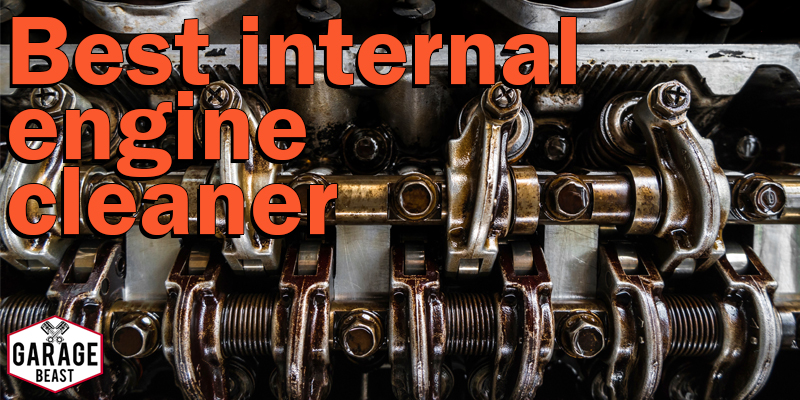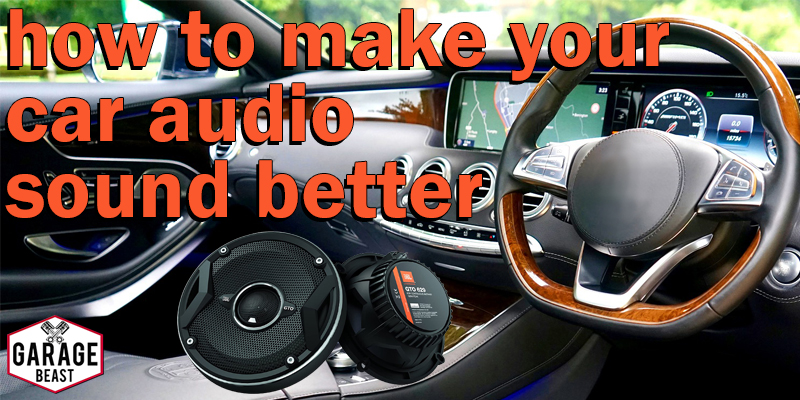Vehicles have begun to incorporate safety systems that can prevent drivers from taking their eyes off the road as a result of our country’s high accident rates.
Head-up displays are one of the most popular features seen in automobiles (HUDs). This is both a safety and a technological function that can help you drive with fewer distractions.
It provides you with all of the information you require. Instead of relying on your car’s dials, you should invest in a head-up display, which is a handier option.
While some new car models include a built-in HUD, you can still update an older vehicle with a low-cost head-up display.
High-end HUD devices are available on the market that projects all important information onto your windshield.
Below we have mentioned some of the best car heads-up displays that may help you choose the right one for your car.
#1 VGEBY Universal
The VGEBY HUD is one of the best car heads up displays on our list. It is a basic display that can be installed in any vehicle that has an OBDII or EUOBD port (On-Board Diagnostic System).
The display is 5.5 inches long and can show a wide range of information. You can see your speedometer, fuel usage, and even the temperature of the water, among other things.
You may flexibly swap between kilometers and miles. Not only that, but the gadget has an automated mode, which means it will turn on when you start the car and turn off when you exit the road.
This automobile HUD also features an engine alarm that will warn you if you are driving too fast. You may, however, turn it off whenever you choose.
All of the features are fantastic, however, the heads-up display is a little missing. Although there is a function to change the brightness, it isn’t very effective.
People have complained about being unable to see what was being displayed owing to the sun.
Another significant disadvantage is the lack of a GPS on the VGEBY heads-up display.
Key Features
- Comprehensive display
- Plug and play
- Diversiform display mode
#2 Yunzong Universal GPS Speedometer
Yunzong’s universal head-up display is currently one of the best car heads up display for automobiles on the market.
Regardless of the weather, our heads-up display is meant to give clear projections (rainy, sunny, windy, or foggy).
The device is just meant to show the most important information, such as speed and compass/direction. The 3.5-inch Universal GPS Speedometer is perfect for everyday driving, vacation, and racing.
Yunzong, the maker, appears to have developed this HUD for automobiles with a 12v socket.
The VSS (vehicle speed signal) does not require any wiring.
The VSS also looks to have no issues with the OBD interface, making it one of the most user-friendly HUDs.
The unit comes with a well-designed and simple-to-operate speed switch that allows you to choose between MPH and km/h. Its 3.5-inch HD display is colorful and free of double reflections, which many HUDs suffer from.
The 3.5″ Universal GPS Speedometer uses gentle green light to show speed.
This ensures comfort, particularly while traveling long distances. Yunzong provides a 90-day money-back guarantee.
Key Features
- 3.5- inch universal GPS speedometer
- Well- designed
- Multicolored HD display
#3 Garmin Head-Up Display
The HUD by Garmin is one of the most unusual aftermarket heads-up display speedometers since it requires Bluetooth to work.
You connect your phone to the heads-up display, download the app, and voila! Of course, this makes it one of the most user-friendly HUDs — all you have to do is click a button on your phone and you’re done.
It also includes a Lane Assist feature and offers an anticipated arrival time.
You may also use the premium app to link the HUD with your wireless headphones.
The finest element, though, has to be the ease of installation.
Simply install the heads-up display on the dashboard where you want it and link it with your phone. You may access all of the features from there.
The device’s protected screen is likewise tuned to offer you a clear picture regardless of how bright the sun is.
The best thing of Garmin HUD is that it can be linked with smartphones through Bluetooth to show important mobile information on the windshield, such as incoming calls and texts.
NAVIGON and StreetPilot are two popular mobile apps that are widely used with this device.
To provide you with high-quality projections, the HUD is intended to vary its brightness based on the time of day and the direction of the sun.
Unlike other HUDs, the Garmin HUD shows a wide range of navigation data on the windshield.
For example, it has turn indications, calculates the distance to the next exit in miles or kilometers, calculates the arrival time, and shows speed as well as the speed limit.
This best car heads up display is simple to set up and much simpler to use.
It includes a clear film that must be put to the windshield.
The HUD is mounted on the dashboard and maybe remotely connected to a mobile device.
Key Features
- Easy to use
- Great features
- 4.3- inches display
- Bluetooth connection
#4 Arpenkin Universal Head Up Display
Arpenkin, with its amazing gadget, displays critical travel information, such as vehicle speed, fuel consumption, and miles.
The display automatically changes its brightness so you can see it in the rain or shine. It also reduces the danger of eye strain and tiredness by preventing glare from developing on your windshield.
This best car heads-up display has a gadget that works with any automobile that has an OBD2 port, making it extremely flexible.
If you go above the speed limit or the battery power decreases, handy alerts will sound, allowing you to stay safe on the road.
It also shuts off automatically when you turn off your car’s engine, saving the battery and providing you one less thing to worry about.
Everything you need to get started with this HUD is included, including a cable, instructions, anti-slip mounting pad, and a special reflective film for your windshield.
Key Features
- On the car’s windshield, critical info is shown at eye level.
- All OBD2 cars are compatible.
- Everything you’ll need to get started is included.
#5 LeaningTech Original Digital Car Head Up Display
With their basic yet effective automobile HUD, LeaningTech has earned a position on our list with this best car heads-up display.
Thanks to its plug-and-play configuration, the gadget can be installed in nearly any vehicle—just plug it into your car’s cigarette lighter and go.
The display projects clear, easy-to-read information directly onto your windshield, providing you fast access to vital statistics like mileage, speed, and driving time.
The display changes its brightness automatically from day to night, so you’ll never be blinded or uncomfortable.
Even on lengthy travels, the green hue is pleasant on the eyes, and you can even set a speeding alert to help you stay on track.
The universal design works with all vehicles and trucks, and there’s no sophisticated wiring required to get it started.
Another useful safety feature is the fatigue driving alert, which you can set to play every hour to remind you how long you’ve been driving and prevent driving without taking enough rest.
Key Features
- Works through GPS technology
- Brightness adjusts automatically from light to dark conditions
- Universal car HUD
- Eye strain is prevented due to green display color
- Affordable
#6 XYCING Car HUD
The XYCING Car HUD features a 5.8-inch display, but it isn’t just any display.
This best car heads-up display includes four different settings, each with its own set of functions.
The information is projected onto the windshield in the Reflection Mode.
In layman’s words, this is the feature that every HUD possesses.
The HUD Direct Display Mode allows you to position the device vertically so you don’t have to view the info on the windshield. Instead, you’ll be able to see it right from the HUD.
Another dashboard, essentially. There’s also an idle mode that shows Instantaneous fuel consumption per hour (L/H) and a driving mode that shows Instantaneous fuel consumption of 100KM (62 miles).
Aside from that, the automobile HUD shows you most of what you need to know.
A speedometer is included, as well as information on the engine RPM, water temperature, battery voltage, and much more.
Despite this, the XYCING head-up display lacks a GPS, which is one of the most crucial aspects of a HUD in my opinion.
Key Features
- Dual HUD display way
- Compatible with OBD II Standard Car
- Multiple LED display contents
What to look for in a Heads- up- Display?
One should look for the following things while buying the best car heads up display:
Ease of Use
It’s not difficult to use a HUD display. The problem, on the other hand, is in the installation.
Some devices have made it as simple as carving a pie, while others have proven to be more challenging to master.
Installing a heads up display vehicle windshield is a complex process that may require expert assistance, since everyone understands how to download an app.
A decent HUD should be simple to set up. Simply attach it on your dashboard where you believe it would look best, then connect it to the OBDII port with some cables.
You may also connect it to a different power source, such as a cigarette lighter.
When you’re finished and have chosen a nice location for it on the dashboard, use the sticky pad to keep it in place—most HUD displays come with one.
A sun sensor is something else to keep an eye out for. Some devices provide that extra function, which will make your life much easier.
Well, depending on the time of day, the sensor will brighten or darken the pictures to make them easier to see. Then there’s programming, but don’t worry, you won’t have to learn how to code.
The majority of heads-up displays can flip between miles and kilometers, although this isn’t always simple.
Fortunately, there are a plethora of YouTube videos that demonstrate how to accomplish it.
Pricing
Heads-up displays are more of a luxury than a requirement or a standard feature at this point in history.
The cost can range from $30 to $1,000, and you can always download an app for free — but I don’t think that counts.
Naturally, the costlier the HUD, the better it is, with the windshield option being the most expensive.
However, if you truly want a heads-up display in your car, whether for navigation or just to look nice, a $30 one would suffice.
As technology develops, costs will drop and HUDs will become more widely available.
Features
The functionality that your selected HUD display has will be mostly determined by its size. There will be more to do and see if you have one of the larger versions.
The functionality of a HUD app, on the other hand, will be restricted. Getting the most up-to-date heads-up display will, of course, provide you more and better features.
As a result, your windshield may display RPM, fuel economy, and even engine codes, depending on your preferences.
If that’s more your style, there are several that come with their own auto compasses. If such features don’t appeal to you, you may choose for something more streamlined, such as a GPS heads up display or a speedometer with a heads up display (even though literally every HUD has that nowadays).
However, there are many variations of such characteristics. Some provide a more simplified version, while others go over and above with animations.
Of course, the more expensive an item is, the more it costs.
So, in the end, it all depends on your needs, but make sure that the navigation heads up display you pick has at least all of the essentials covered.
Size
So, here’s something that will change a lot. Obviously, if all you have is a HUD app, the screen will be about the same size as your phone.
However, if you add a third-party HUD display, the size may range from 3-inches (which just shows the most basic information) to 5.5-inches (which shows everything from speed to directions to battery voltage).
The larger third-party screen has only one drawback.
Because they don’t mix in with your windshield, they may be rather distracting, which is obviously not a good thing when you’re driving.
If your HUD is put right in the windshield of your automobile, the entire thing becomes your display.
Display quality
Brightness, cohesiveness, and resolution are all factors in display quality. When selecting a HUD for your vehicle, look for one that has the finest cohesiveness.
Simply said, this is the HUD that is less likely to double image. Polarized windshields are the most common cause of double image.
The brightest HUDs are LED HUDs. The brightness of HUDs, on the other hand, may vary depending on whether the information is presented on a film or a specialized screen.
Resolution is affected by the same variables that impact brightness.
Connectivity and Information
The majority of HUDs need wires for connectivity. HUDs may display the vehicle’s performance thanks to this type of communication.
Furthermore, most HUDs are powered via a 12-volt plug on your vehicle’s dashboard. HUDs that link to mobile devices, on the other hand, require an additional connection point.
The capacity of your HUD to connect to your mobile device determines the type of data displayed most of the time.
Without the ability to link to a mobile phone, HUDs only get data from the automobile such as engine temperature, RPM, and speed.
HUDs with a mobile phone connection capability, on the other hand, may provide extra features such as instructions and third-party applications.
Data
What data you wish to be displayed will also influence whatever HUD you choose.
Some devices link to your car’s OBD system, allowing them to display everything from fuel usage to diagnostic problems, while others limit themselves to simple data such as speed.
Simpler displays aren’t always worse because they’re less crowded and hence simpler to read.
Compatibility
Choose HUDs that have a mobile phone connection function. The more third-party apps the HUD can accommodate, the better.
However, keep in mind that most HUDs with mobile phone compatibility only work with particular third-party apps and may become unresponsive if you use a different app.
Because cars have a variety of readout systems, such as EOBD, OBD, OBDII, and JOBD, it’s important to think about your vehicle type while selecting a HUD.
If your car’s readout system doesn’t match your preferred HUD, you won’t be able to get crucial information about your vehicle’s performance.
Benefits of Car Heads up display
There are several advantages to installing a head-up display in your vehicle:
- You don’t have to take your eyes from the road to monitor your speed when you use a HUD.
- Using a HUD can offer you access to trip data that you wouldn’t be able to view otherwise.
- In most cases, setting up a HUD is straightforward.
- Some HUDs may be linked to your smartphone, giving you easier access to your preferred navigation app.
- HUDs are available in a variety of price ranges.
- Using a head-up display (HUD) can assist you avoid speeding and tiredness.
Conclusion
A head-up display may be a highly helpful technology when driving, in addition to keeping you safe on the road by showing crucial information in your field of sight.
The primary purpose of a HUD is to keep your eyes on the road at all times.
Most HUDs for vehicles come with voice command features that make them even better and more functional, in addition to some great interactive features.
These command features not only make driving enjoyable, but they also make it simple and reduce distractions.
Frequently Asked Questions
What is heads up display?
HUDs (head-up displays) are a replacement for traditional dashboard dials. They’re made to put essential trip information at eye level, making it safer and simpler to view. This means you won’t have to take your eyes off the road to monitor your mileage or read a speedometer.
Are HUDs safe to use?
HUDs are quite safe to use. In fact, after you’ve become used to using one, you’ll probably find that your driving is safer than it was before. This is due to the fact that a head-up display helps you to keep a better watch on your speed or navigation directions without taking your eyes off the road.
Should you Buy a Car with a Head-Up Display?
Yes. HUDs in cars are a relatively recent concept, and as a result, they aren’t quite as good as they may be. It will not only raise your awareness, but it will also make whatever information you require more accessible. Finally, weigh the various choices and determine whether it’s worth it now or whether you’d rather wait for better technology.
How do head up displays work?
HUDs were designed with pilots in mind, but they’re just as handy for drivers on the road. They function by projecting images onto your windshield as though it were a screen. To make the display more visible, you may need to have a special film applied to your windshield.
